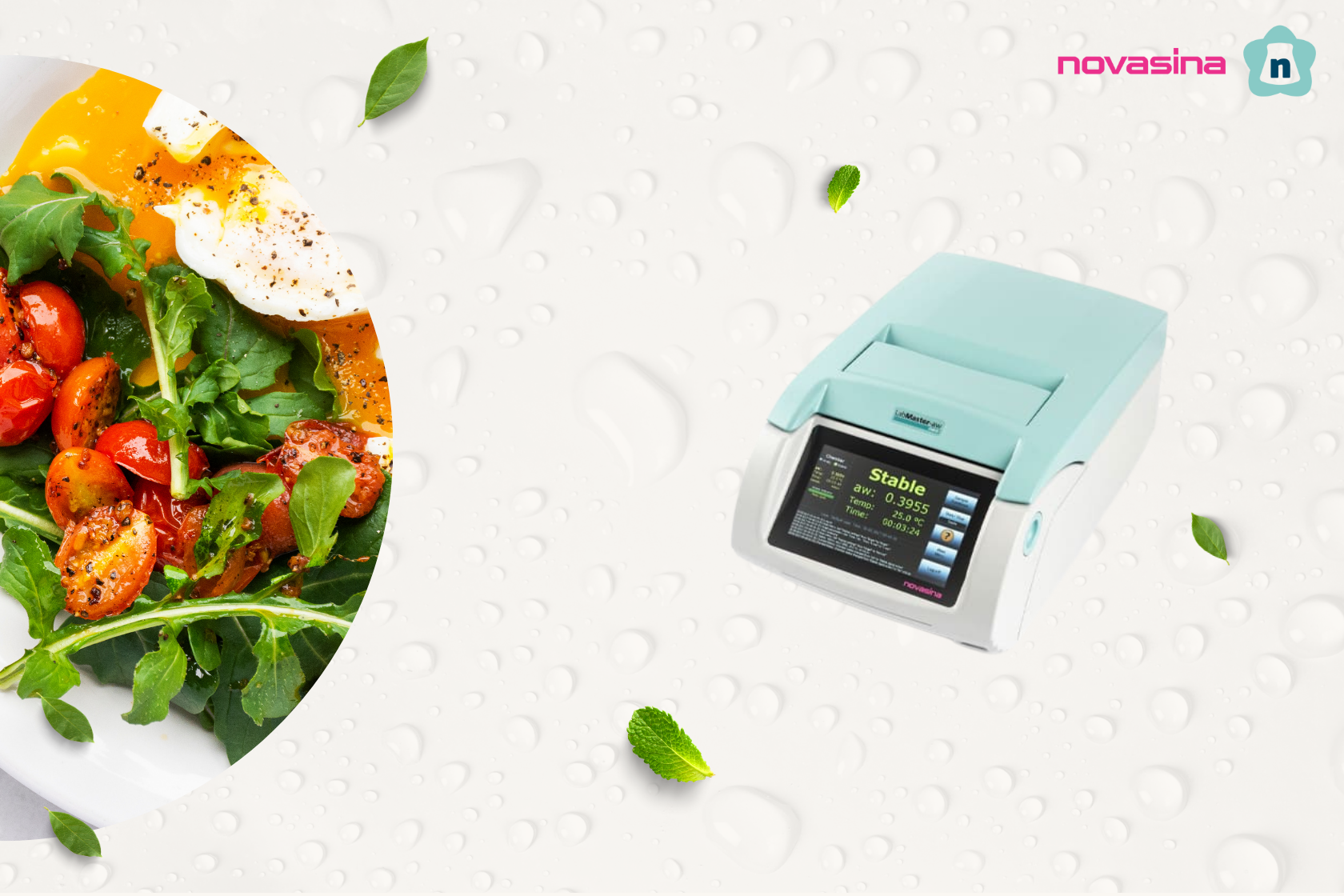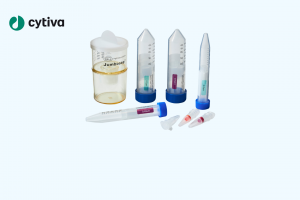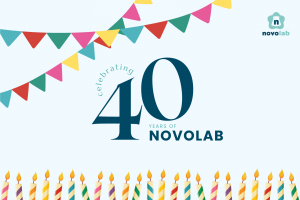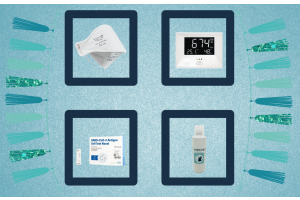The importance of using a Novasina Aw-Meter in detecting Listeria in ready-to-use food products

Ensuring food safety in ready-to-use food products is crucial, especially in combating pathogens such as Listeria monocytogenes. One of the essential tools in this process is the Novasina Aw-meter, which measures the water activity (Aw) of products.
Water activity is a determining factor for the growth of microorganisms. Products with a low Aw value (≤ 0.92) provide a less favorable environment for the growth of Listeria monocytogenes. Using a Novasina Aw-meter helps food producers accurately determine if their products fall within safe limits.
According to FAVV guidelines, ready-to-eat foods are automatically subject to less stricter control measures if the Aw is ≤ 0.92 ( among other criteria). This means that products with these properties need less frequent testing for Listeria monocytogenes, as the low water activity inhibits the growth of this bacteria.
Regularly measuring and monitoring the aw value with a Novasina Aw-meter offers multiple benefits:
- Preventing Listeria outbreaks: Ensuring that water activity remains within safe limits effectively limits the growth of Listeria monocytogenes.
- Regulatory compliance: Food producers can demonstrate that their products meet the microbiological criteria set out in Regulation (EC) No 2073/2005, which is essential for compliance and obtaining market approval.
- Extending shelf life: Products with controlled Aw values generally have a longer shelf life without quality degradation, providing economic benefits for producers.
Using a Novasina Aw-meter is not only a scientific and regulatory necessity but also a practical approach to ensuring food safety and maximizing economic benefits in the food industry.





